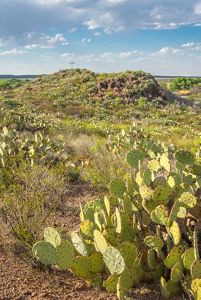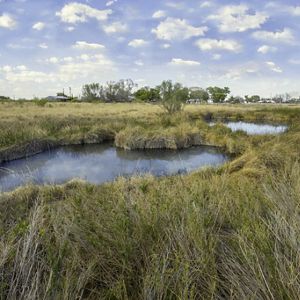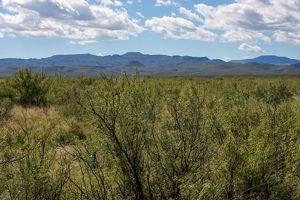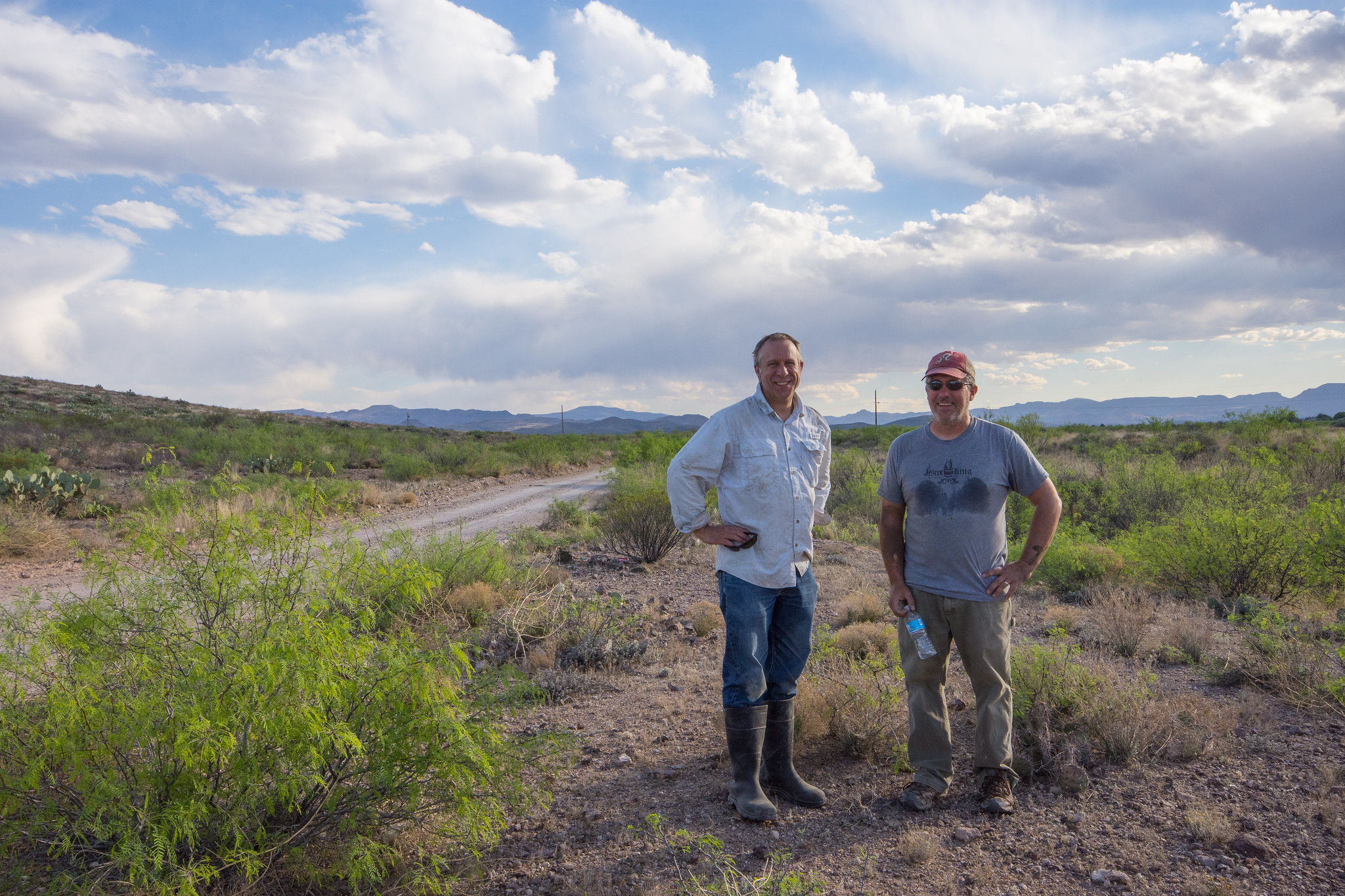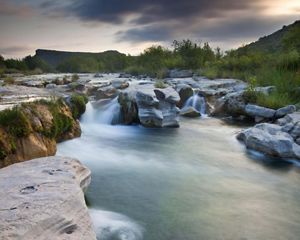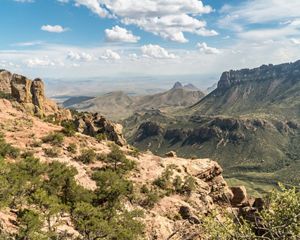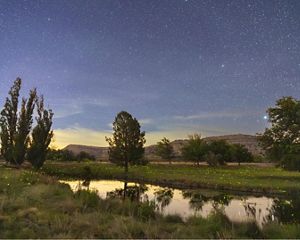Description
Hundreds of years ago, the area of Balmorhea was a ciénega—a spring-fed swamp or marsh—that helped species survive in the harsh West Texas climate. Today freshwater springs and streams still flow across this arid landscape, serving as its lifeblood. One of the largest remaining and most important desert spring systems in the region is the Balmorhea Springs complex.
The Nature Conservancy’s (TNC) 282-acre Sandia Springs Preserve is critical to safeguarding this vital and complex aquatic system. The preserve protects both East Sandia and West Sandia springs, two of the six freshwater flows that comprise the Balmorhea Springs complex. In addition, the preserve features acres of mesquite thickets and tall grass, showcasing historic West Texas landscapes. It also contains a rocky hillside marked by a centuries-old cemetery for the nearby community of Brogado, keeping local history alive.


